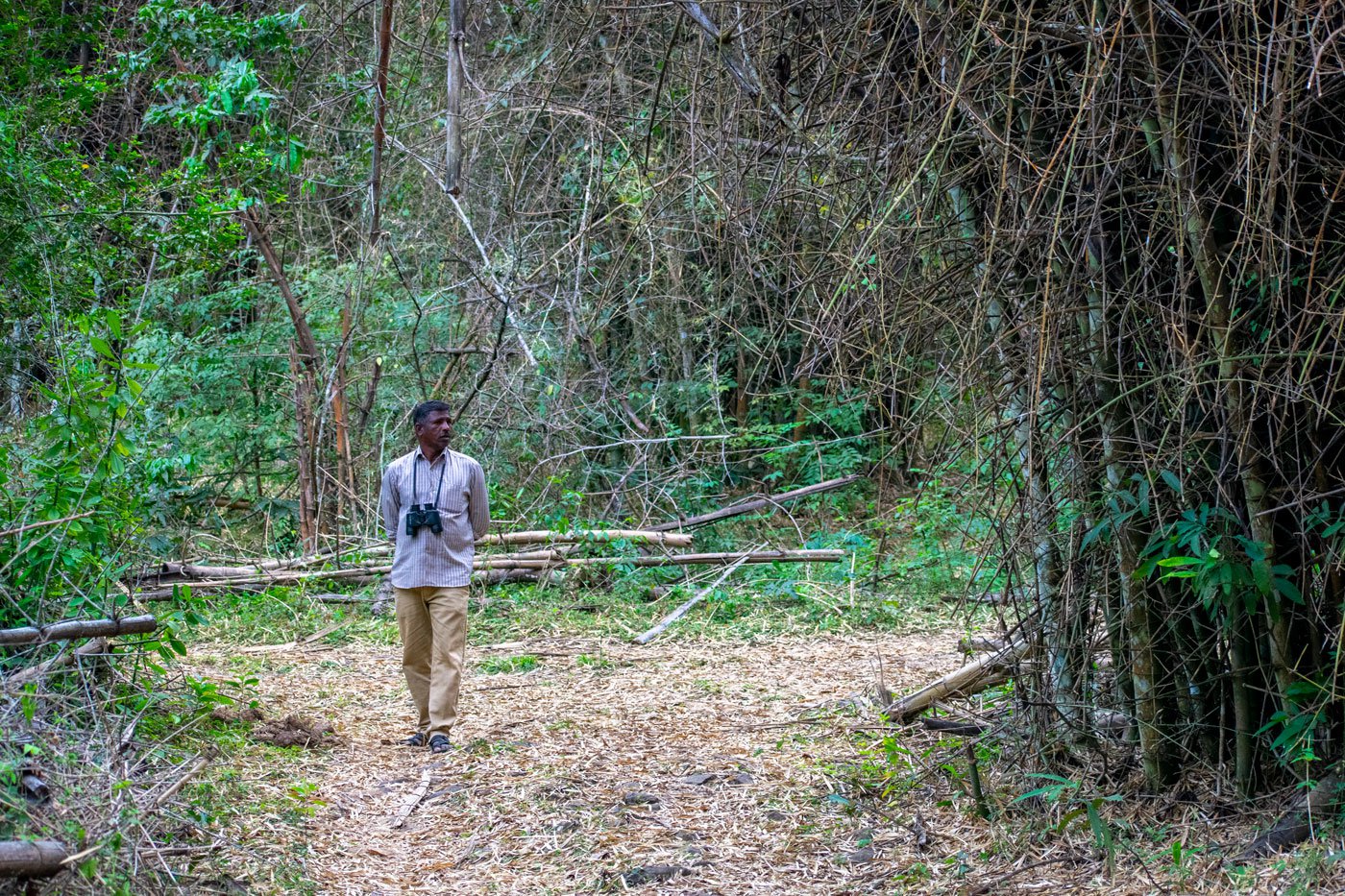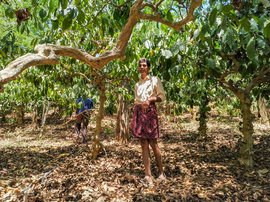He can recognise the gentle hoot of the elusive wood owl and the call of four types of babblers. He also knows exactly what kind of ponds the migratory Woolly-necked storks breed in.
B. Siddan had to drop out of school, but his knowledge of avian species in and around his home in the Nilgiris, Tamil Nadu, is the delight of an ornithologist.
"There were three boys named Siddan in my village of Bokkapuram. When people wanted to know which Siddan, villagers would say, ‘that
kuruvi
Siddan — the boy who runs madly after birds all the time'," he says, laughing with pride.
His official name is B. Siddan, but in the forests and villages around Mudumalai, he is better known as kuruvi Siddan. In Tamil, 'kuruvi' refers to passerines: birds that are of the order Passeriformes — more than half of all bird species.
“Wherever you are in the Western Ghats, you can hear four or five birds sing. All you have to do is listen and learn," says Vijaya Suresh, a 28-year-old primary school teacher from Anaikatti, a village nestled in the foothills of the Nilgiris. She says she picked up valuable information about birds from Siddan who is a mentor to many young people who live near the Mudumalai Tiger Reserve. Vijaya can recognise up to 150 birds in and around the area.
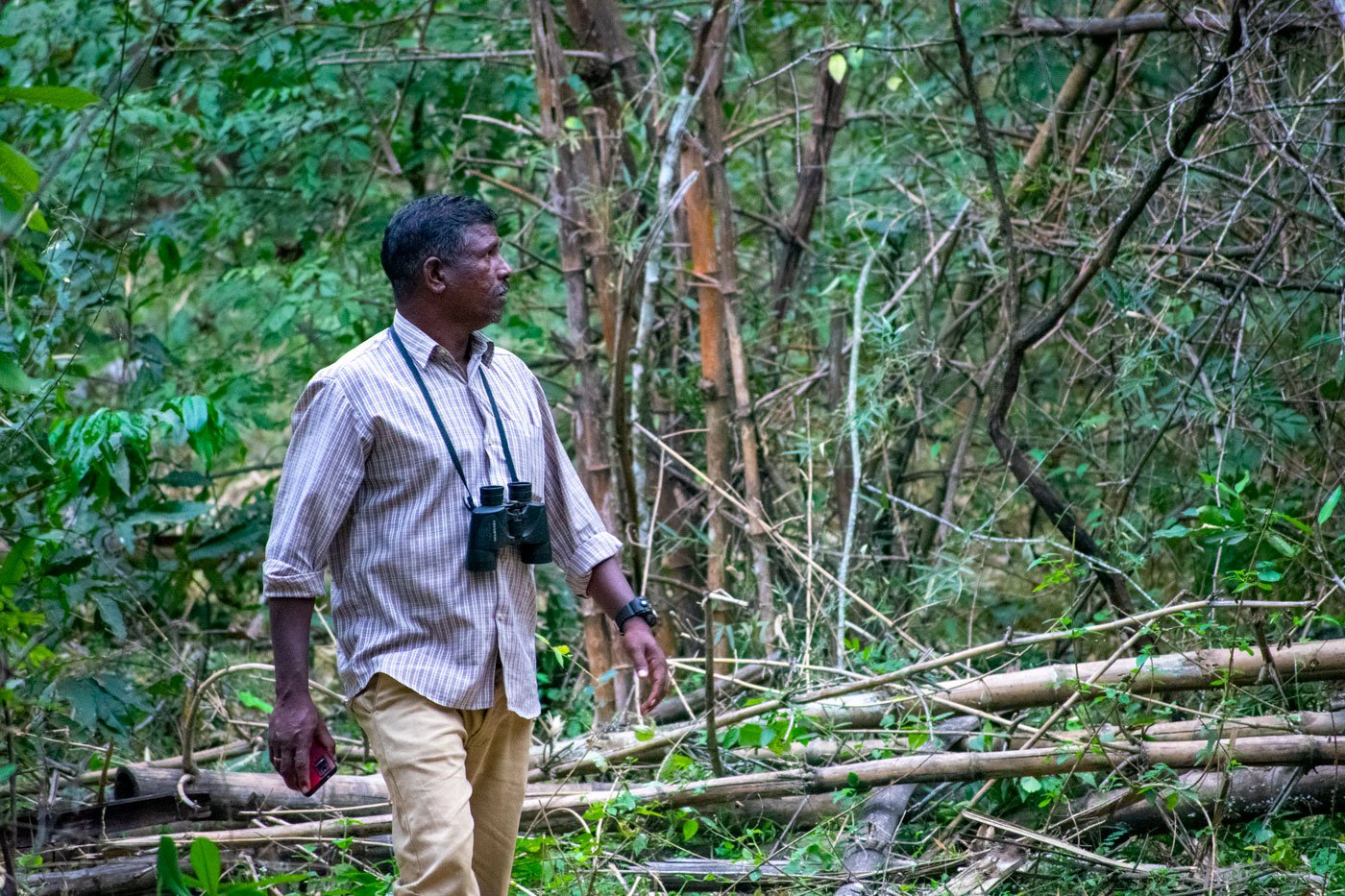
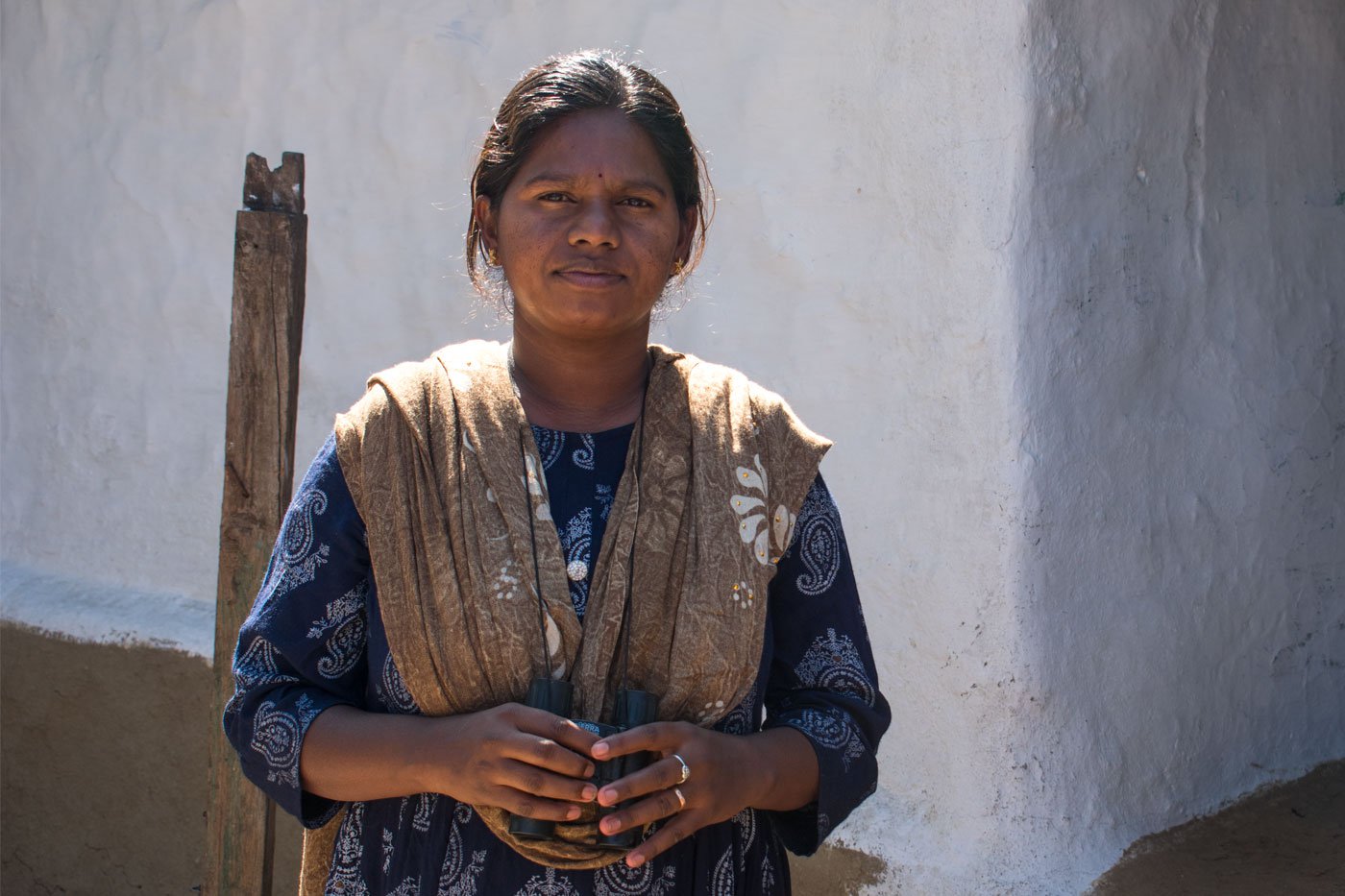
Left: B. Siddan looking out for birds in a bamboo forest at Bokkapuram near Sholur town in the Nilgiri district. Right: Vijaya Suresh can identify 150 birds
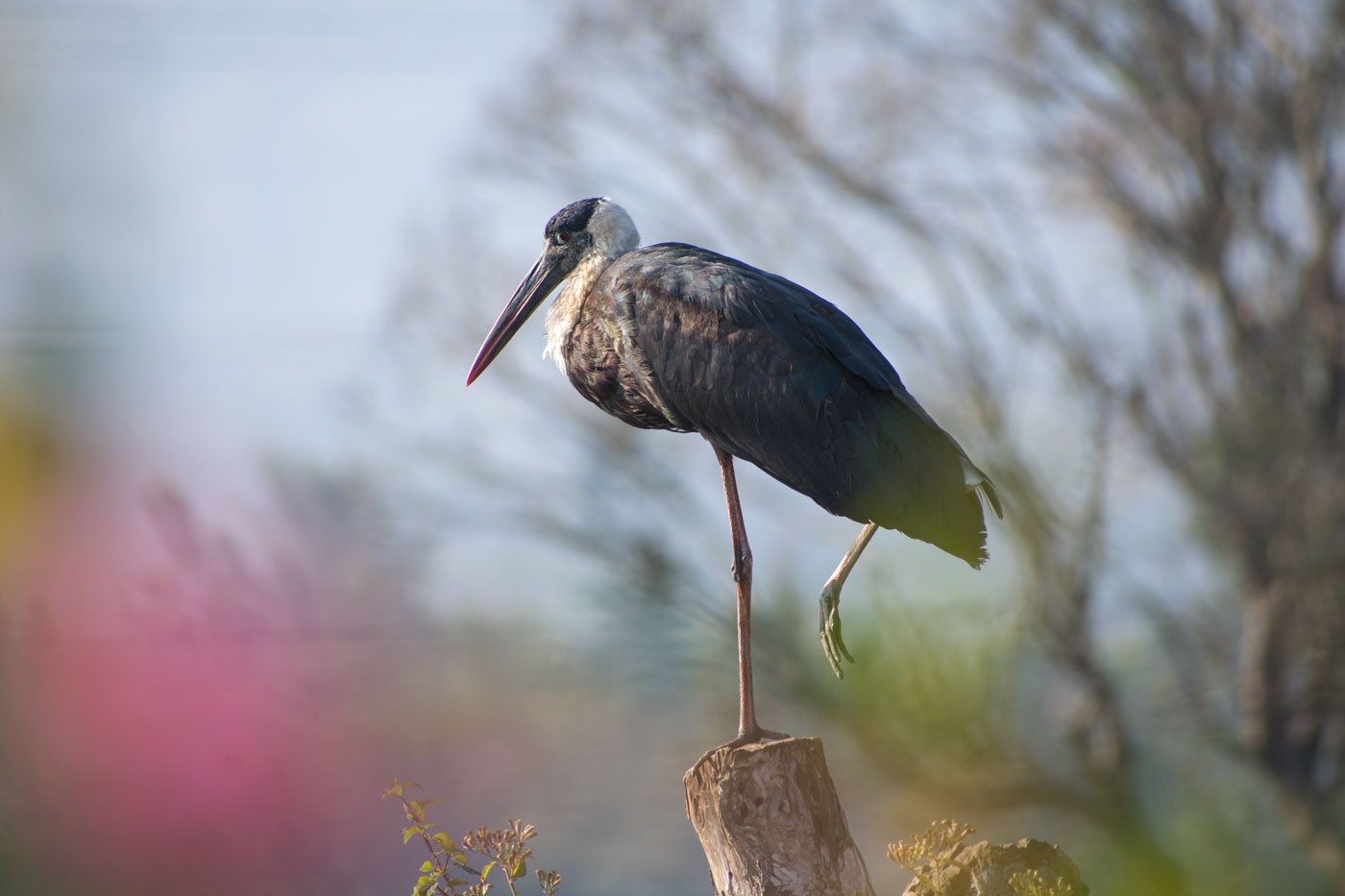
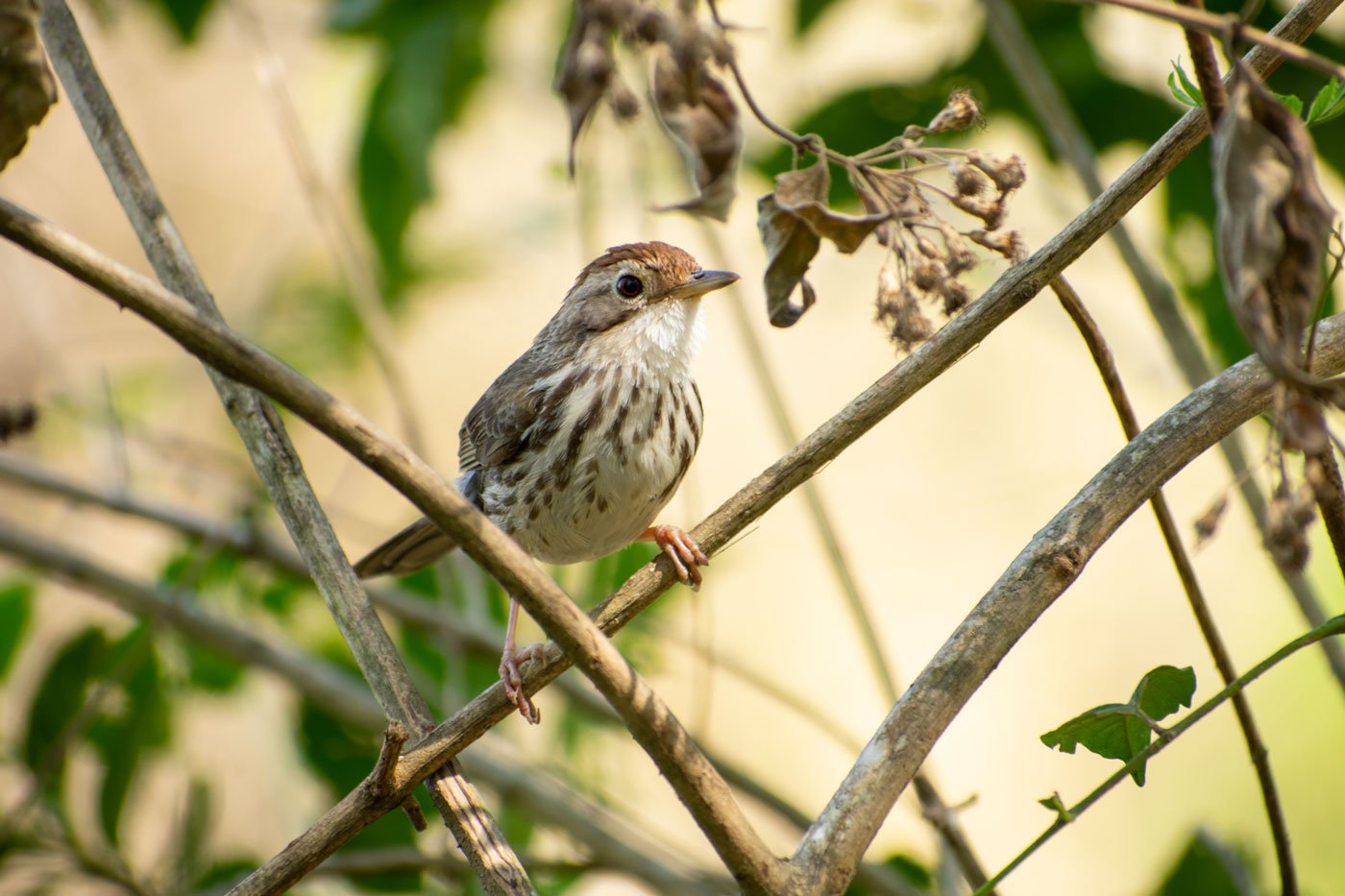
The W oolly-necked stork (left) is a winter migrant to the Western Ghats. It is seen near Singara and a puff-throated babbler (right) seen in Bokkapuram, in the Nilgiris
Siddan is a resident of Bokkapuram, a village in the buffer zone of the Mudumalai Tiger Reserve in Tamil Nadu’s Nilgiri district. He has spent the last two and a half decades as a forest guide, bird watcher and farmer. The 46-year-old ornithophile can name over 800 bird species across India and talk at length about many of them. A member of the Irular (also referred to as Irula) community — listed as a Scheduled Tribe in Tamil Nadu — Siddan shares his knowledge with young children via presentations in schools around Mudumalai, informal chats and on nature walks in the forests.
Initially his interest in birds was treated lightly by kids. "But later when they saw a bird, they would come to me and describe its colour, size and the sounds it made," he recalls.
Rajesh, 38, is a former student from Moyar village. Looking back at his time with the birdman he says, "He used to tell me not to walk on fallen bamboo leaves as some birds like nightjars lay their eggs there and not in a tree nest. At first, I was only curious about trivia like this, eventually, I got pulled into the world of birds."
The Nilgiris is home to many Adivasi communities like the Todas, Kotas, Irulars, Kattunayakans and the Paniyas. Siddan says, "When tribal children from my neighbourhood showed interest, I would give them an old nest or leave them in charge of protecting one with chicks."
His work with schools started in 2014 when the Masinagudi Eco Naturalists Club (MENC) invited him to speak about birds to students from a Bokkapuram government school. “After that, many schools in nearby villages invited us," he says.
'There were three boys named Siddan in my village of Bokkapuram. When people wanted to know which Siddan, villagers would say, ‘that
kuruvi
Siddan — the boy who runs madly after birds all the time','
*****
Siddan had to drop out of school in Class 8 and help his parents with farm work. When he was 21, he was hired by the forest department as a bungalow watcher — he had to alert people of elephant activity in and around villages and farmlands, work in the kitchen and help with the construction of camps.
Less than two years after he started working, Siddan quit. “When my salary, which was 600 rupees, did not come for almost five months, I had to leave," he says. "If I was not under so much pressure, I would have stayed at the department. I loved my work. I couldn't leave the forest so I became a forest guide."
In the late 90s, when he was 23, he got the opportunity to accompany naturalists conducting a bird census in the region. His job was to warn them of travelling elephant herds because he says, “When birders focus on birds, they don't pay attention to the dangers around them.”
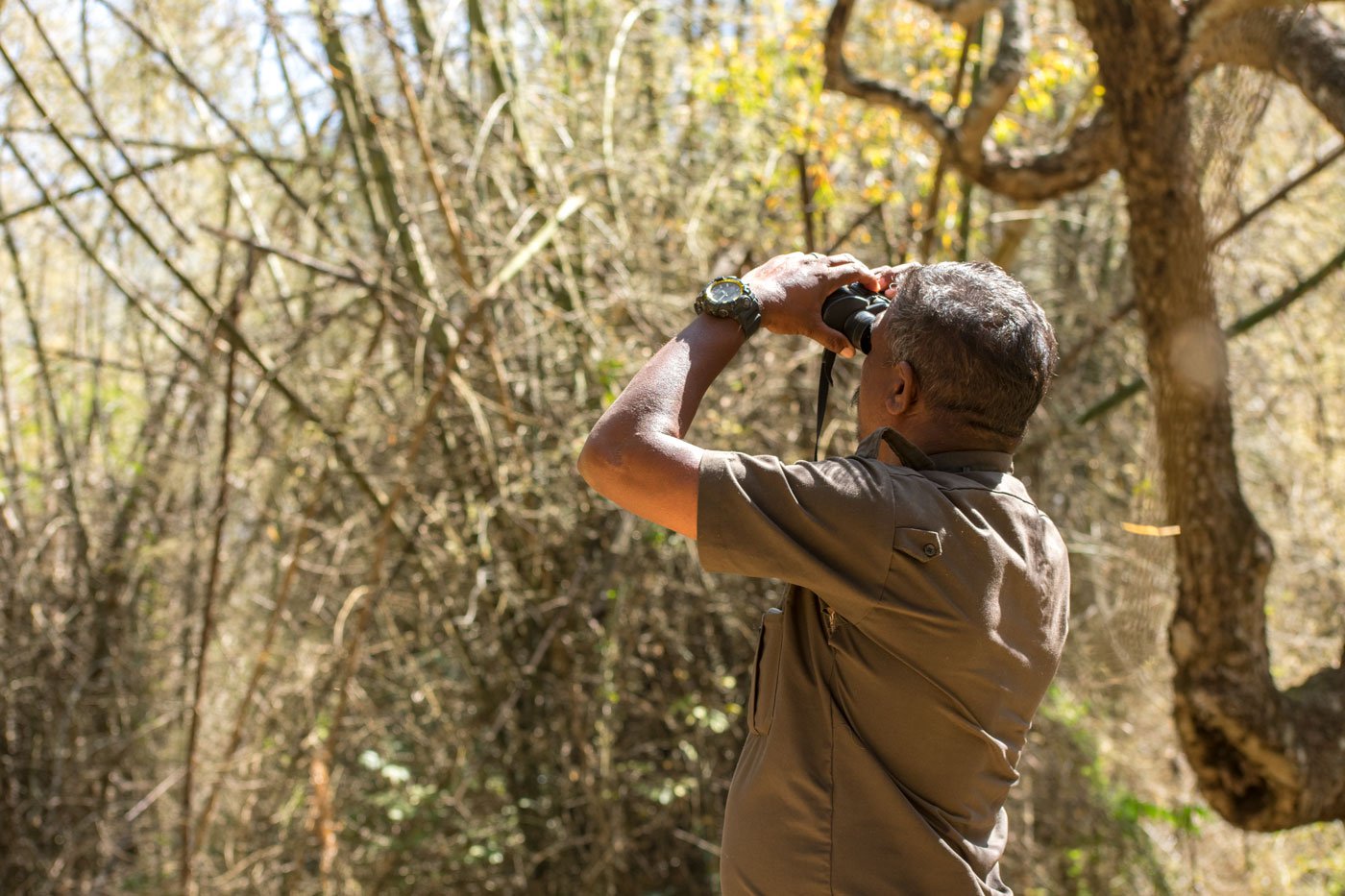
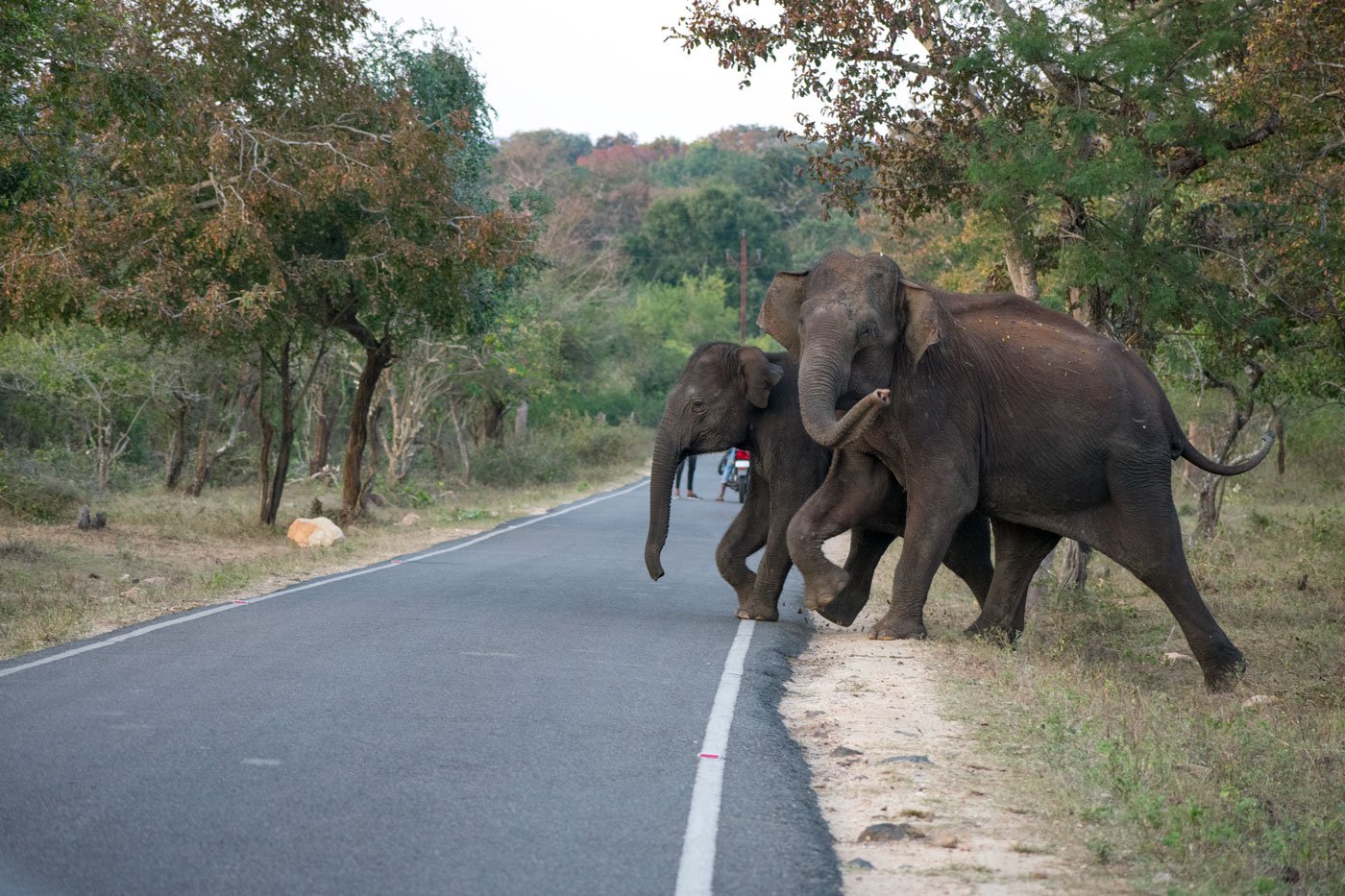
Left: Siddan looking for birds in a bamboo thicket. Right: Elephants crossing the road near his home, adjacent to the Mudumalai Tiger Reserve in the Nilgiris
On that trip he met with the unexpected. He saw, "Big men were rolling on the floor when they saw this tiny bird. I paid attention to the bird they were looking at — it was a white-bellied minivet.” There was no looking back for Siddan who immediately started learning their names in Tamil and Kannada. A few years later, senior bird watchers, locals in the area, Kuttappan Sudesan and Daniel took him under their wing and trained him.
The Western Ghats stretch from the north of Mumbai all the way down to Kanyakumari and are home to 508 bird species, says a 2017 paper titled
Forest Guardians in the Western Ghats
published by the Indian Institute of Science. Of these, at least 16 species are endemic to the region including the endangered Rufous-breasted Laughingthrush, Nilgiri Wood-pigeon, White-bellied Shortwing and Broad-tailed Grassbird, Rufous Babbler, and the Grey-headed Bulbul.
Siddan, who has spent many hours in the forests says many common species are becoming rare. "I have not seen even one Grey-headed Bulbul this season. They were so common; now they have become rare."
*****
An alarm call of a Red-wattled Lapwing echoes across the jungle.
"This is how Veerappan escaped an arrest for so long,” N. Sivan whispers. He is Siddan’s friend and fellow bird expert. Veerappan was wanted in cases of poaching, sandalwood smuggling and more, and locals say he eluded police in the Sathyamangalam forests for decades by, “Listening to the call of this
aalkaati paravai
[The bird that warns of people]."
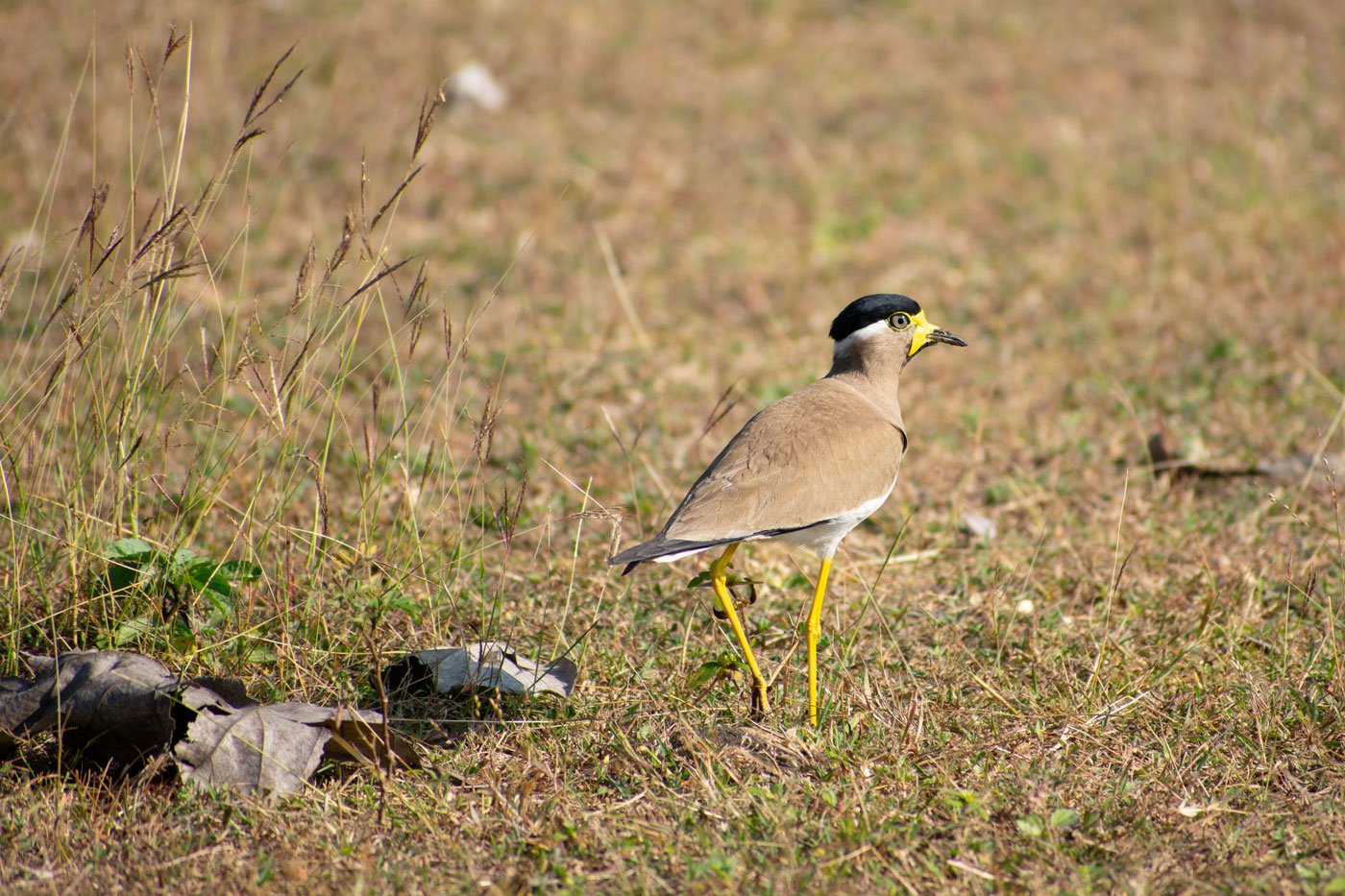
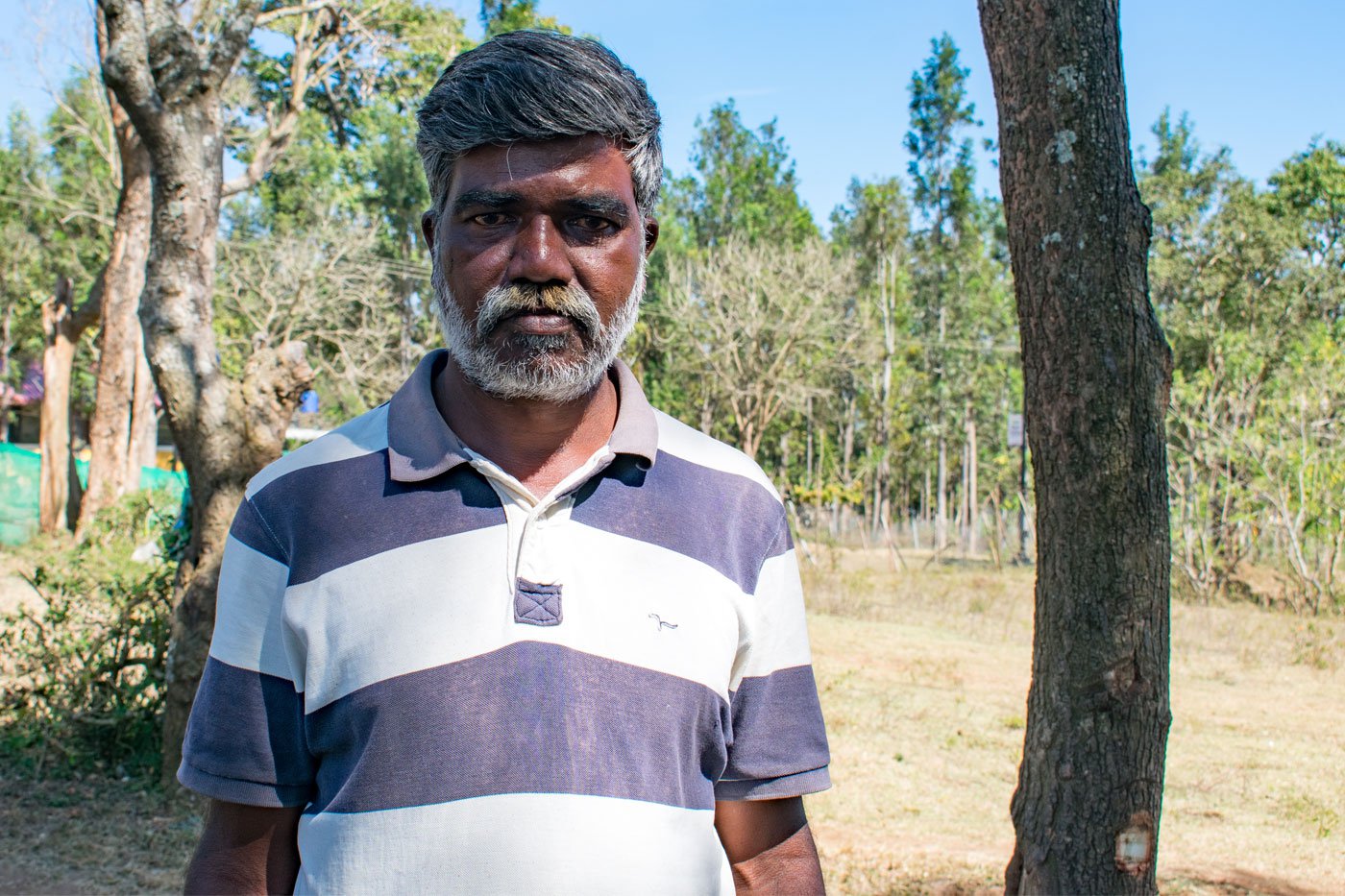
Left: The call of the Yellow-wattled Lapwing (aalkaati paravai) is known to alert animals and other birds about the movement of predators. Right: N. Sivan says the call also alerts poachers about the movement of other people
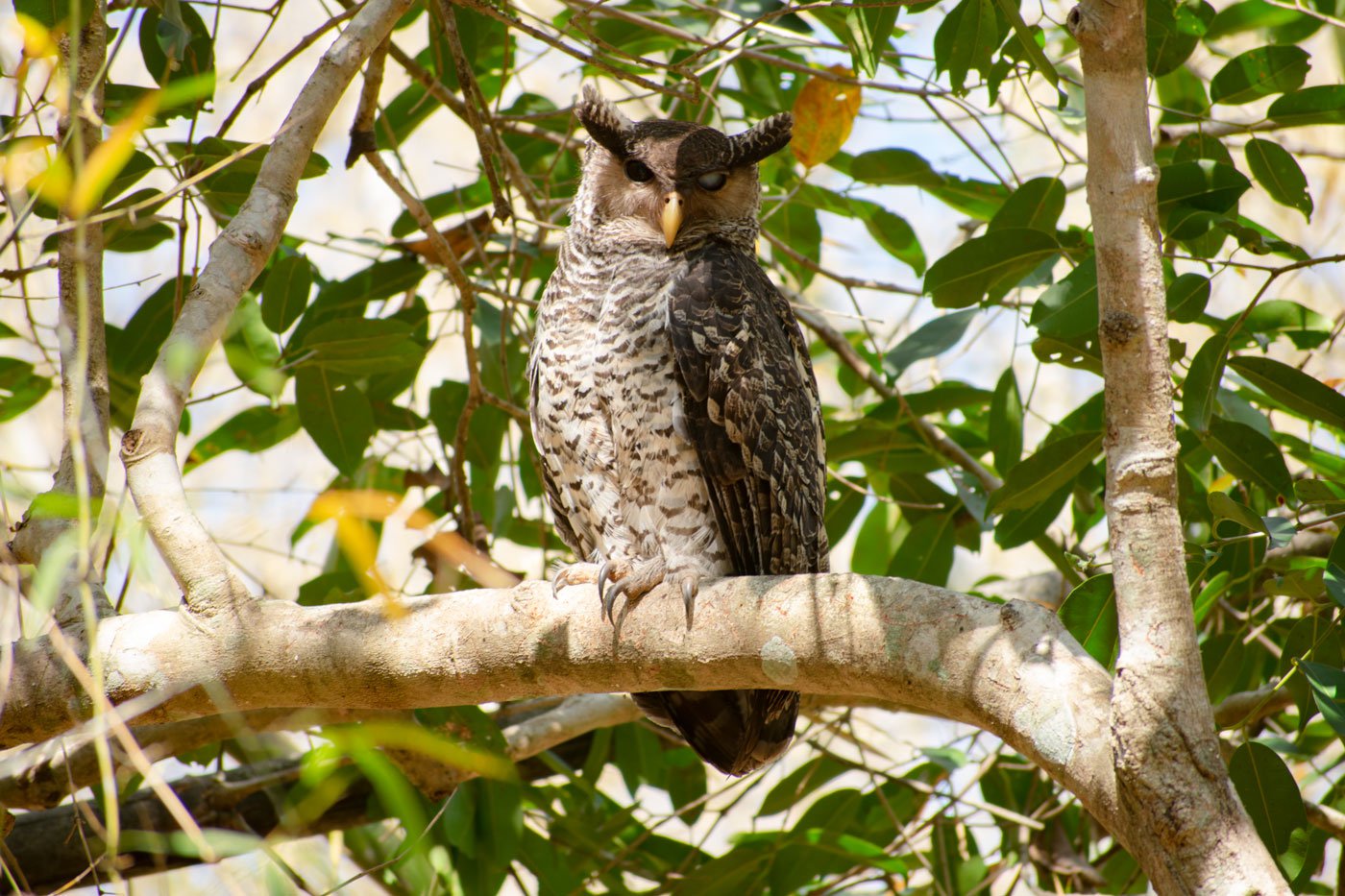
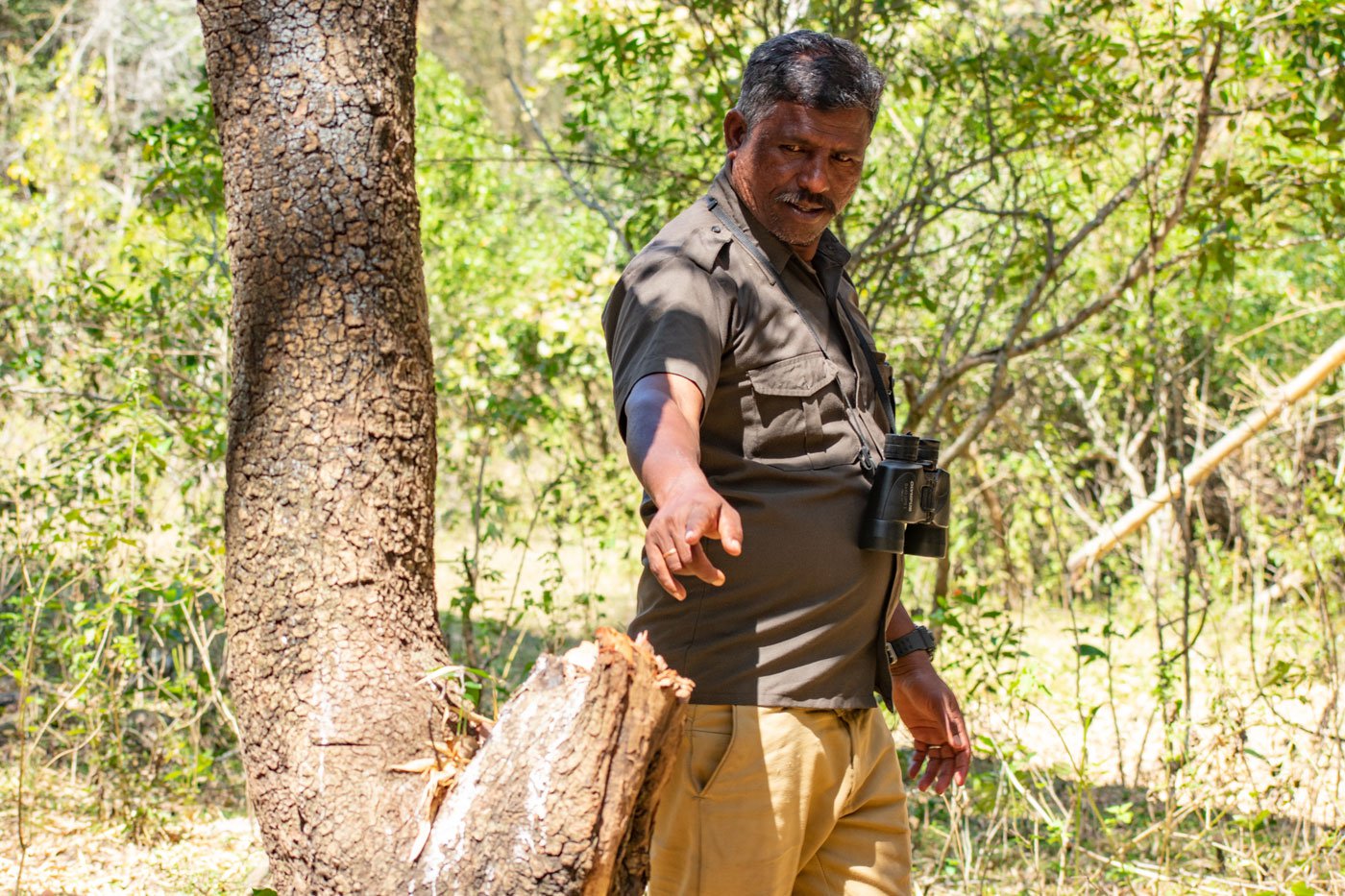
Siddan (right) is tracking an owl (left) by its droppings in a bamboo forest at Bokkapuram
"Lapwings call out when they see a predator or an intruder in the forest. And Jungle babblers follow the predator sitting atop bushes and chirp as the animal moves," says N. Sivan who made a note in a book every time he sighted a bird. "We trained like this for a year,” says the 50-year-old who struggled to remember species' names but didn't give up. "Birds are important to us. I know I could learn," he adds.
By the mid-90s, Siddan and Sivan were enrolled as trekking guides in a private resort near Bokkapuram where they met and mingled with bird enthusiasts from around the world.
*****
When Siddan walks through the market in Masinagudi, he is greeted by young people with, "Hello Master!" His students are mostly from Adivasi and Dalit backgrounds, living around Mudumalai.

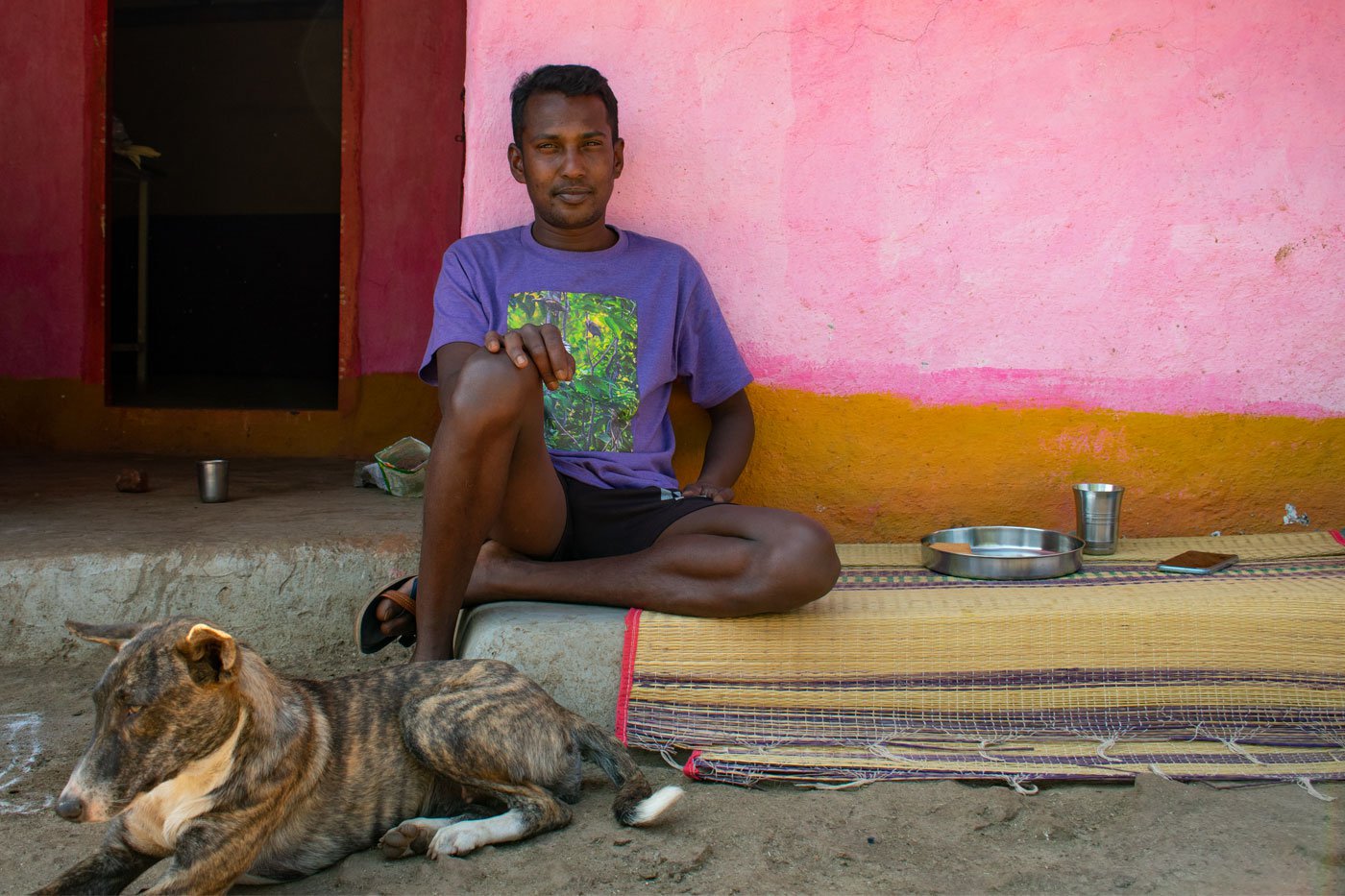
Left: B. Siddan sitting with his family outside their house in Bokkapuram. His youngest daughter, Anushree (third from the right) is also interested in birds, and says. 'I was very excited when I saw a bulbul nest.'Right: S. Rajkumar, 33, visiting B. Siddan at his home
"My mother was the only working person in our family of four. She could not afford to send me to school in Kotagiri.” says R Rajkumar, a 33-year-old, a former student and also a member of the Irula community. So he dropped out of high school and would spend time walking around the buffer zone. One day Siddan asked him to join a safari. "When I saw him in action, I was immediately attracted to the field. Eventually, I started trekking and guiding drivers in safaris," says Rajkumar.
*****
Alcoholism has become a serious problem in the area. (Read: In the Nilgiris: an inheritance of malnutrition ) Siddan says he hopes forest-based occupations like his will steer younger generations of Adivasis away from the bottle. "[One of the] reasons for alcohol addiction is because when boys drop out of school, they have nothing else to do. They don't have good job opportunities so they drink."
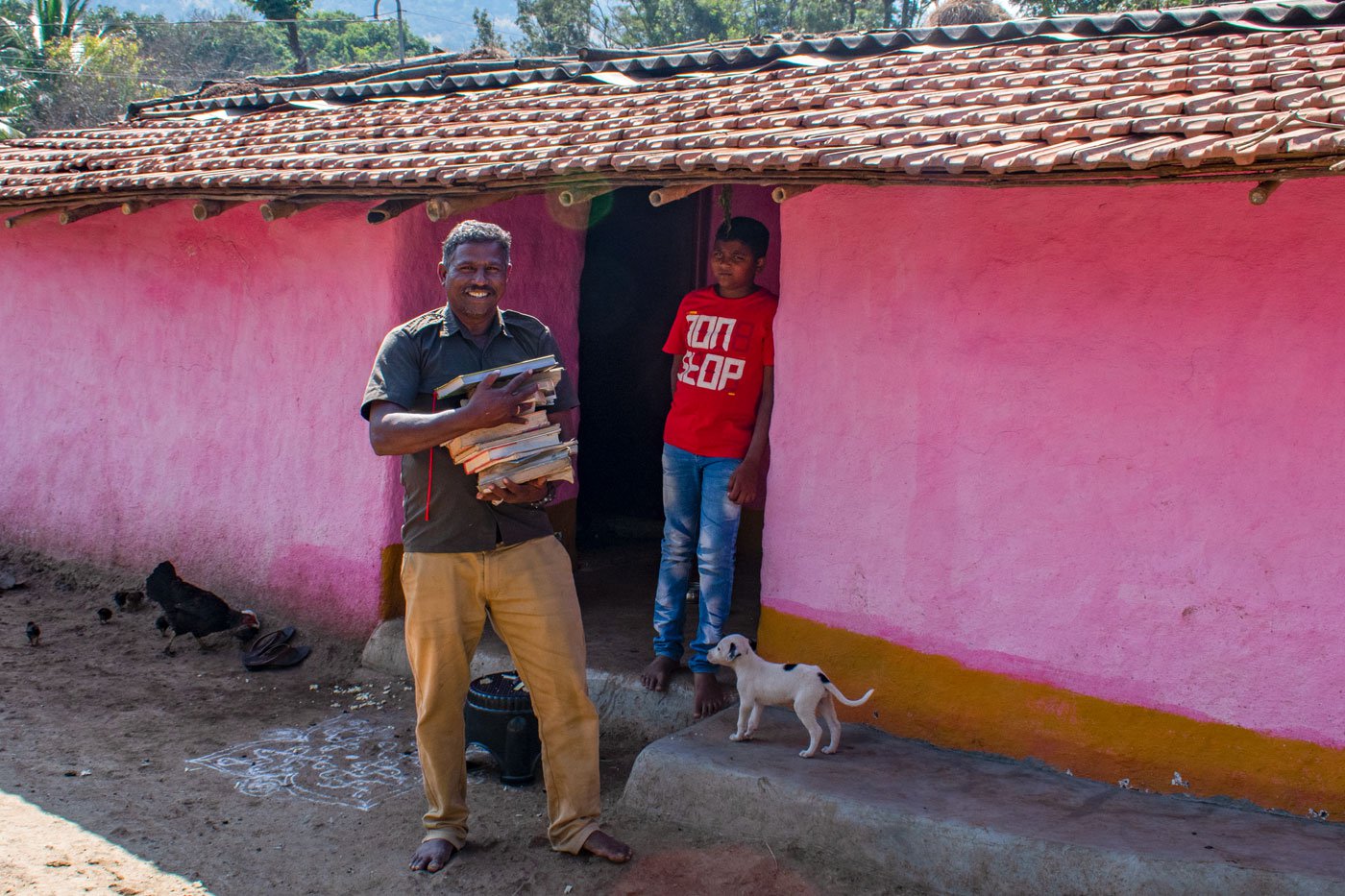
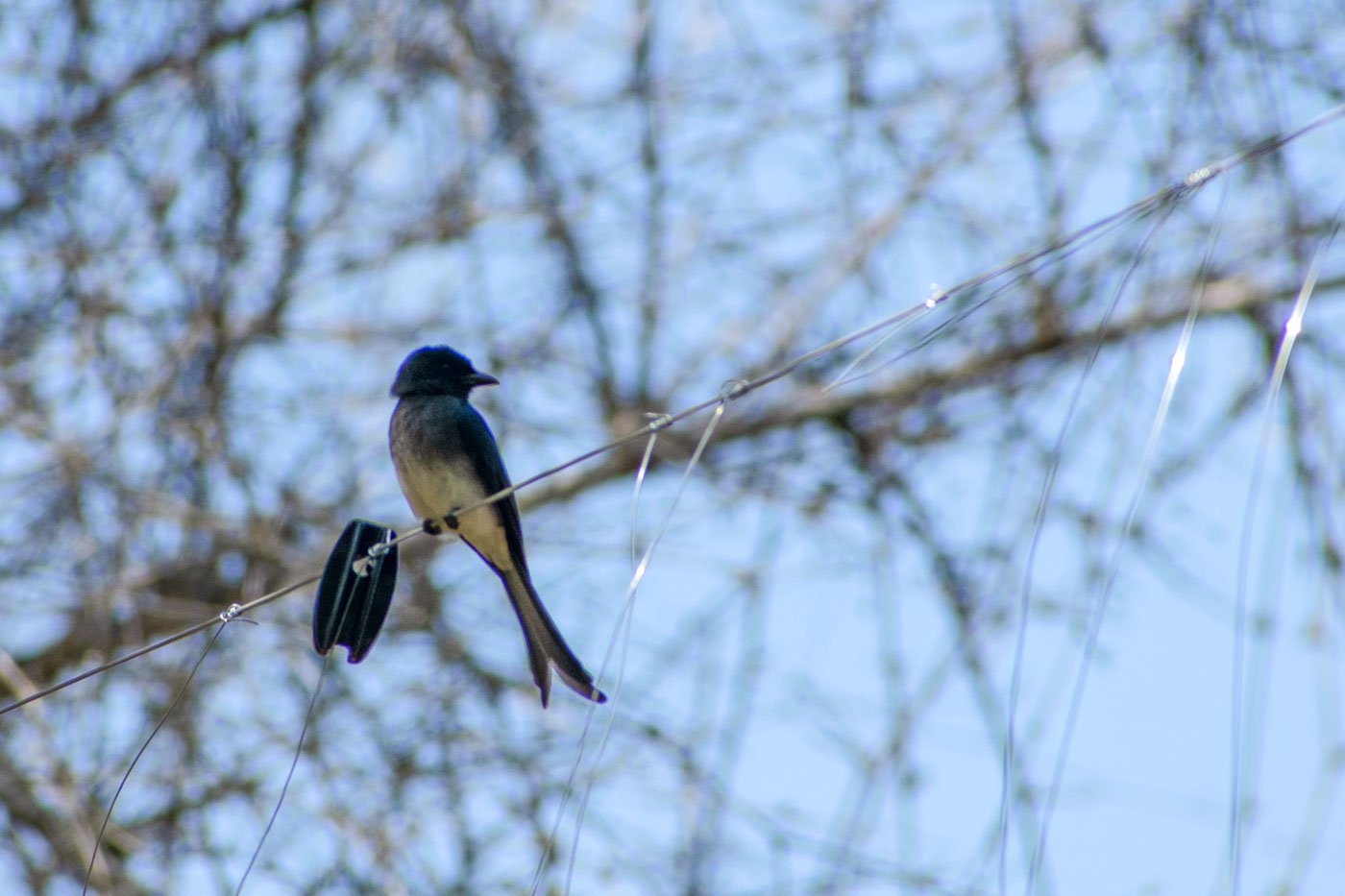
Left: B. Siddan showing his collection of books on birds and wildlife. Right: A drongo perched on a fencing wire in Singara village in Gudalur block
Siddan sees it as his mission to get local boys interested in the forest and away from the pull of addictive substances. “I am a bit like the drongo’, he says, pointing to a small black bird in the distance with a distinctive forked tail. “Even though they are tiny [in size], drongos are the only ones who dare to fight predatory birds.”
